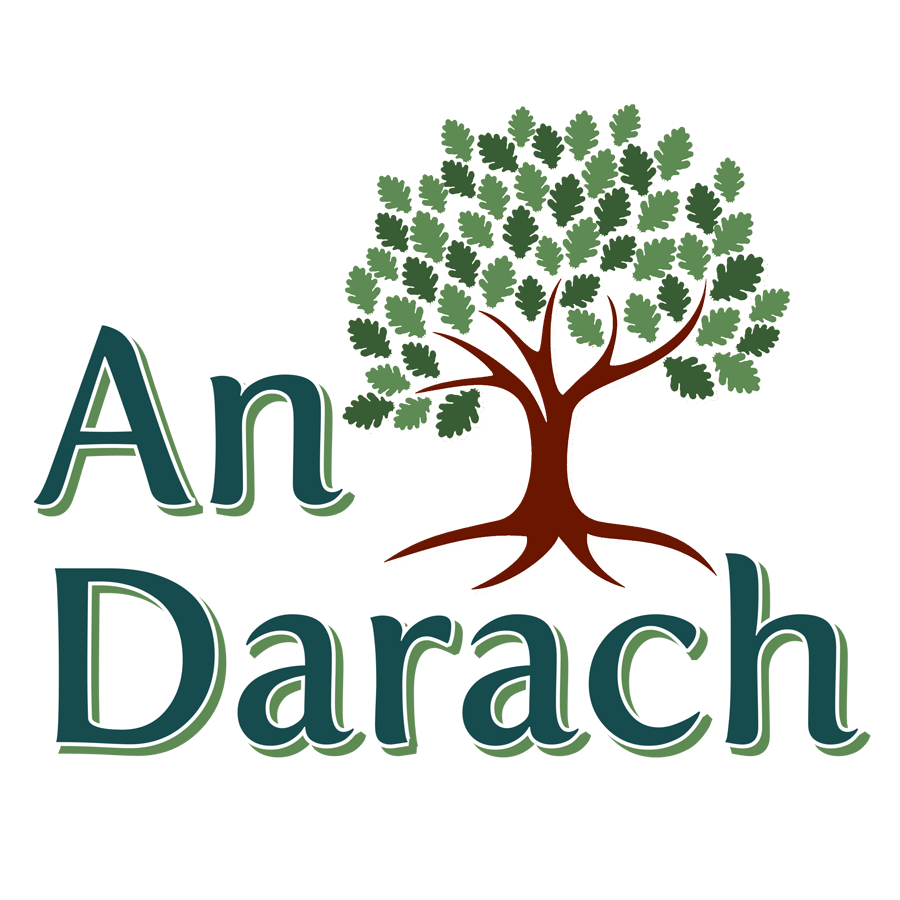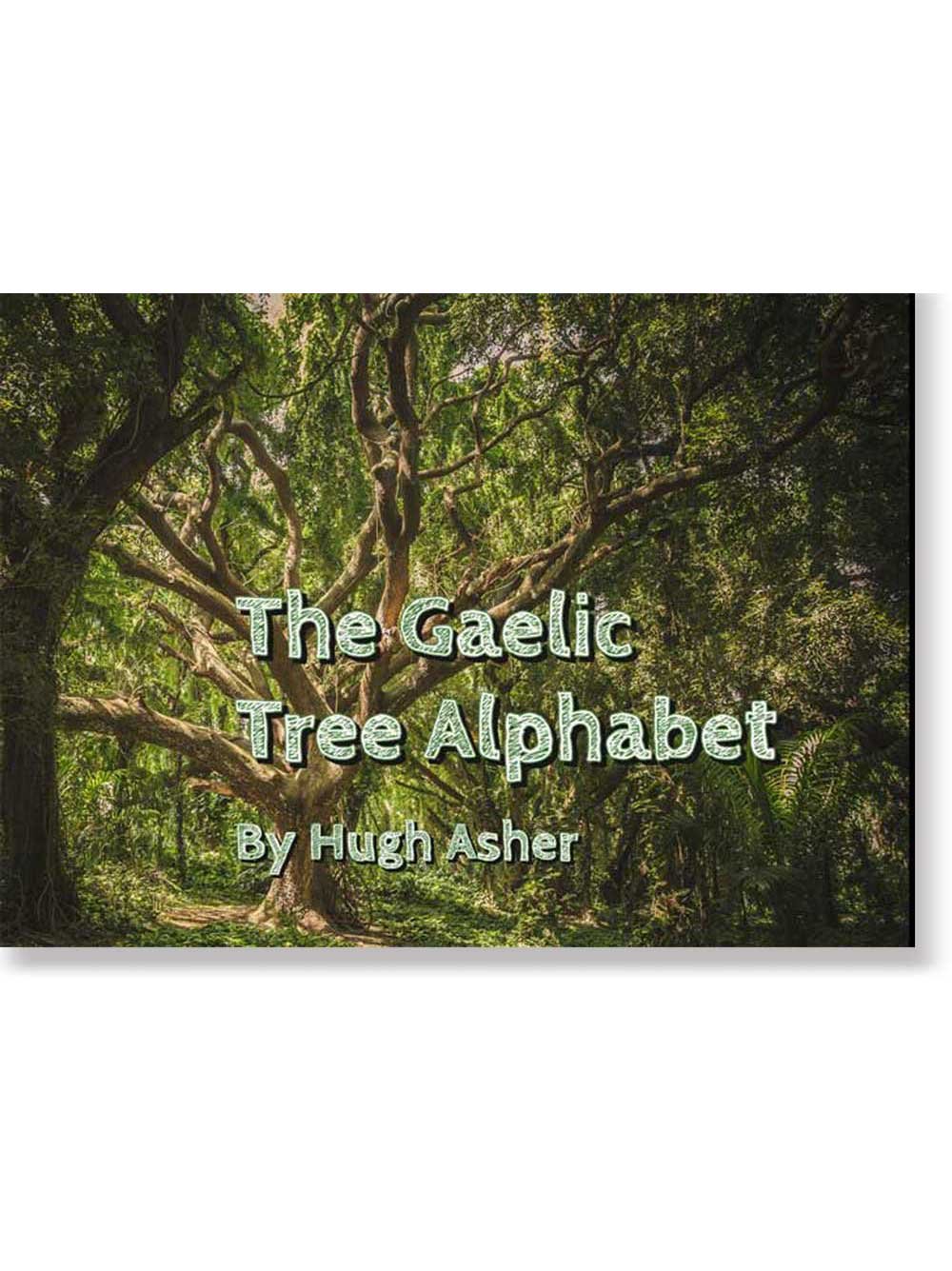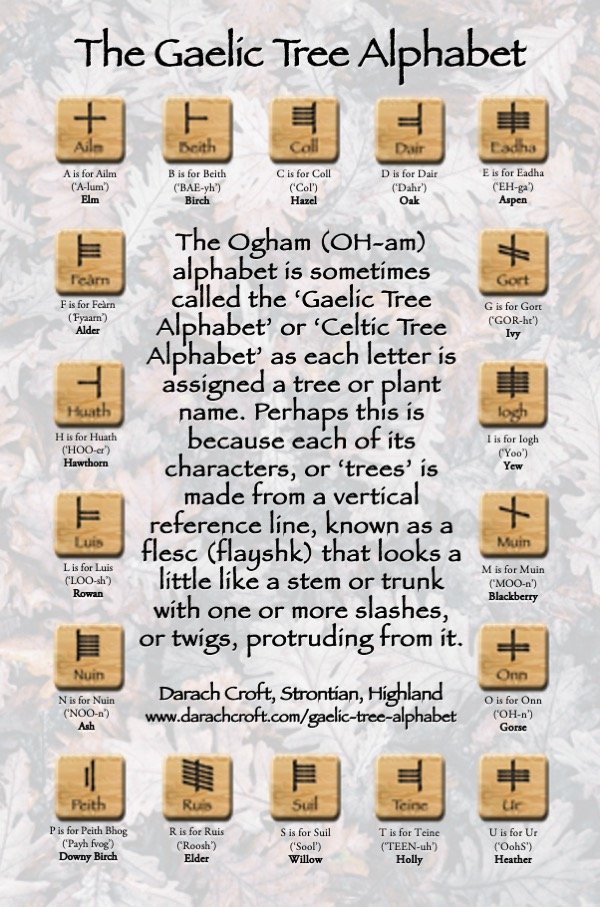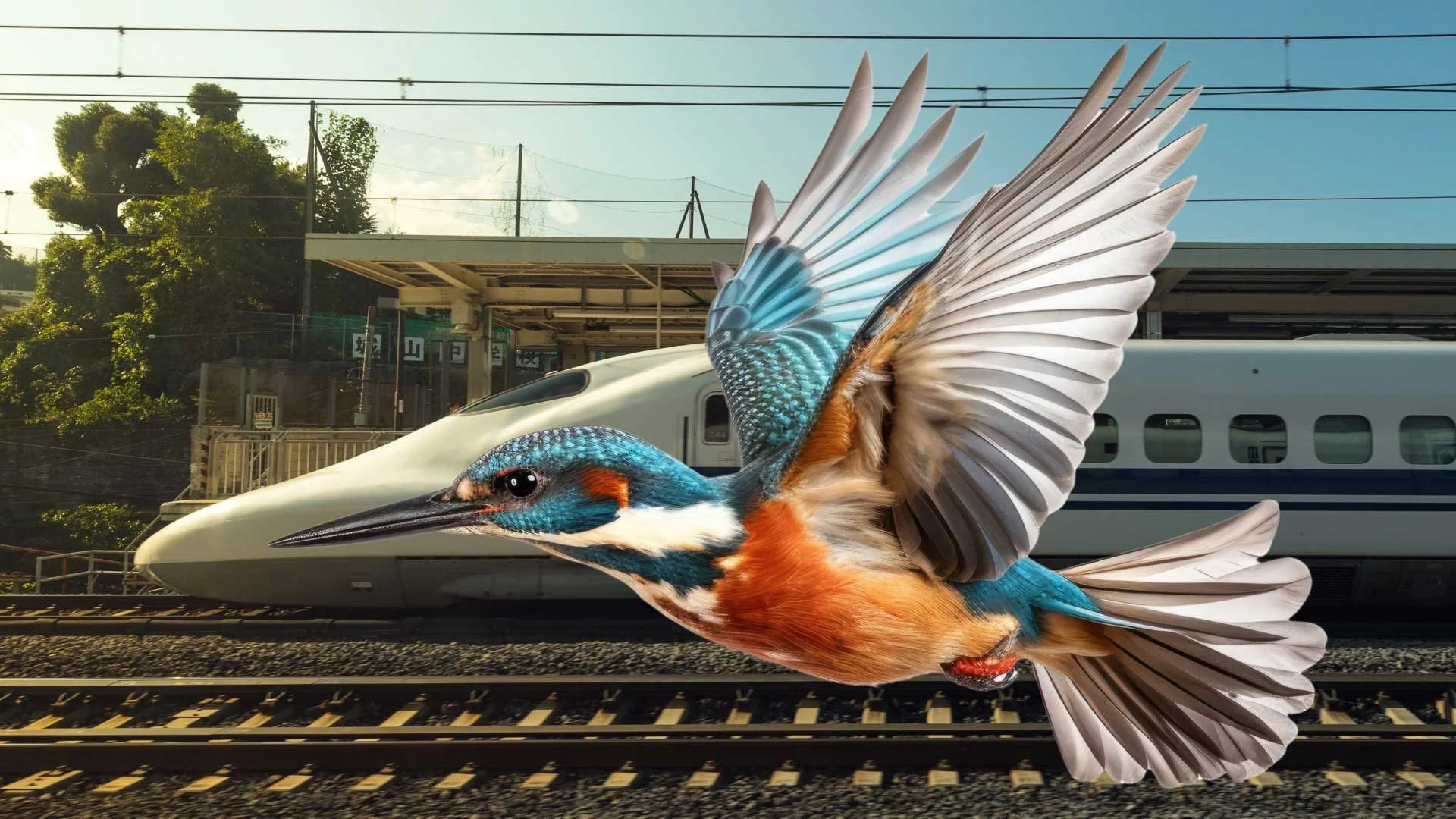Embracing the Winter Solstice: A Time for Reflection and Connection
20th December 2023
As the crisp air turns even colder and the daylight length continues to shorten, the Winter Solstice emerges as a pivotal moment in the natural world. This celestial event marks the shortest day and the longest night of the year, inviting us to reflect on its profound significance and deeper meaning in our nature connection practices.

Rooted in ancient cultures and traditions, and celebrated across continents, the Winter Solstice serves as a potent reminder of the cyclic nature of life. It is the time when the Sun reaches its lowest point in the sky, casting the longest shadows and allowing the night to envelop the day. Symbolically, this day also represents the triumph of light over darkness, signalling the gradual return of longer days and the promise of renewed life. Occurring around December 21st in the Northern Hemisphere (Friday the 22nd in 2023), it symbolises the rebirth of light and the return of the Sun.
At its core, the Winter Solstice embodies a moment of transition — a shift from darkness to light. The lengthening days following this pivotal point signify the gradual resurgence of warmth and vitality, breathing life back into the dormant landscapes. It is a time of introspection, where individuals and communities alike pause to contemplate their journey, express gratitude for the past year's harvest, and set intentions for the coming seasons. For countless generations, this celestial occurrence has been commemorated through rituals, ceremonies, and festivities that honour the interplay between the cosmos and the Earth. Nature connection practices are often deeply intertwined with the Winter Solstice and emphasise this interconnectedness between humans and the natural world. Shamanic traditions, indigenous rituals, and earth-based spirituality view this celestial event as a powerful opportunity for spiritual renewal and alignment with the rhythms of nature. By attuning ourselves to the Earth's cycles, we acknowledge our place within the larger tapestry of existence.
Many ceremonies and practices associated with the Winter Solstice centre around light — the lighting of candles, bonfires, or the use of symbolic representations of the Sun. These rituals serve as poignant metaphors, illuminating the darkness within and without, symbolising hope, renewal, and the promise of new beginnings. They serve as a testament to humanity's innate yearning for warmth, enlightenment, and spiritual awakening. Observing the Winter Solstice can also foster a sense of mindfulness and appreciation for the subtle changes occurring in the environment. From the hushed whispers of Winter winds to the frost-laden landscapes that glisten under the pale sun, there is a palpable sense of tranquillity and beauty that unfolds during this season. Nature becomes a canvas for reflection and inner exploration, inviting us to embrace stillness and find solace in the quiet of winter.
Nature connection practices also often find profound meaning in this celestial event. Here are a few ways the Winter Solstice resonates deeply within our connection to nature:
Honouring Darkness and Embracing Light
The Winter Solstice encapsulates the essence of balance. As the longest night of the year, it urges us to honour the darkness that shrouds the natural world. This darkness isn't merely absence; it's a canvas for introspection and reflection. Many nature-based traditions encourage us to embrace this darkness, acknowledging its role in growth, healing, and renewal.
Simultaneously, the Solstice heralds the gradual return of light. Each passing day after the Solstice sees a subtle increase in daylight, symbolising hope and the promise of new beginnings. Aligning with this cycle, nature connection practices often encourage us to appreciate the delicate interplay between light and darkness, fostering gratitude for both in our lives.
Connecting with Natural Rhythms
Nature operates in rhythmic cycles, and the Winter Solstice marks a pivotal point in this continuum. For millennia, humans have observed and honoured these cycles, aligning their lives with the ebb and flow of nature. Engaging with the Solstice invites us to attune ourselves to these larger natural rhythms, fostering a sense of harmony and interconnectedness with the world around us.
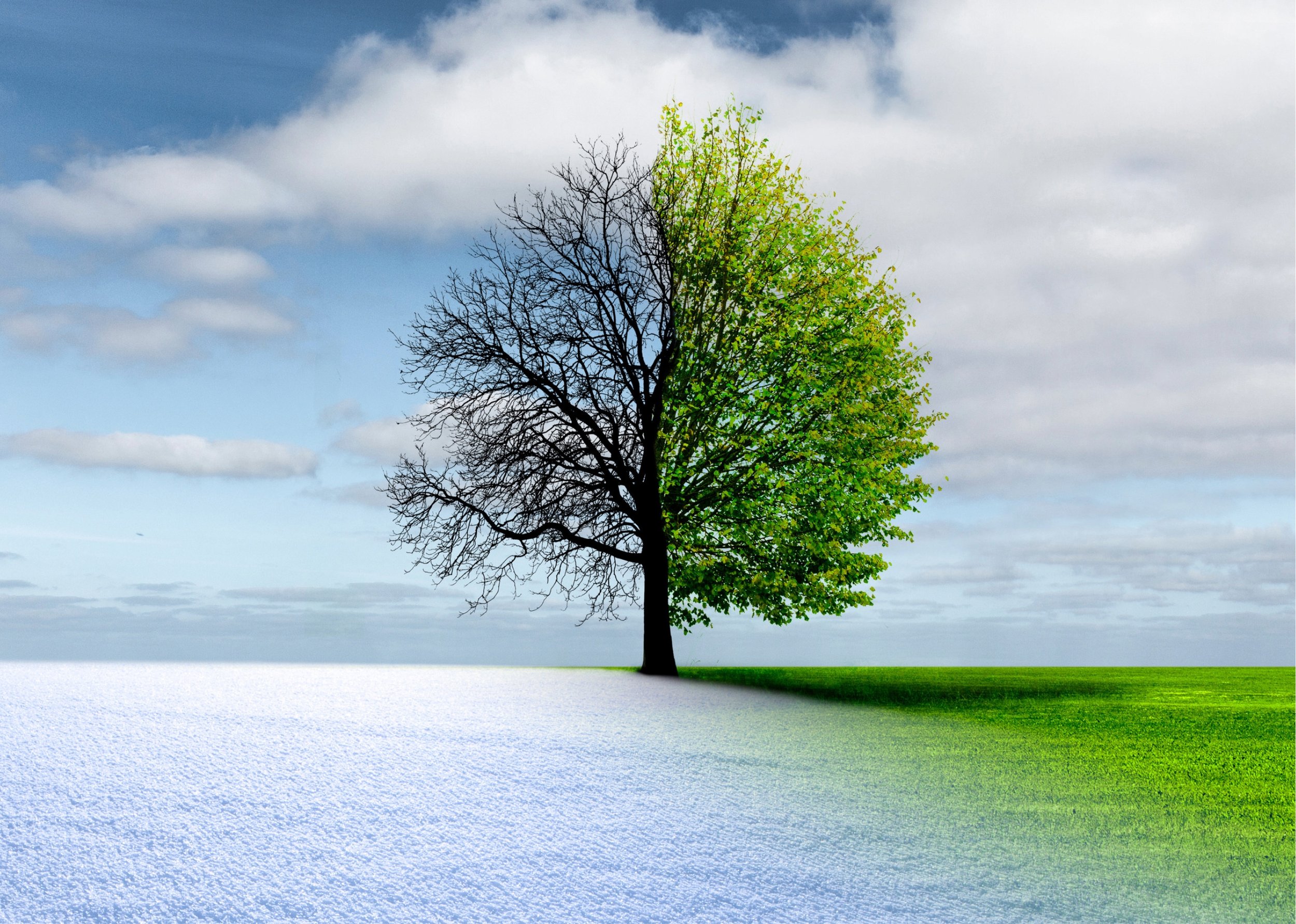
The Winter Solstice has historically held profound significance in ancient farming practices, serving as a pivotal moment for agricultural communities to mark transitions in the seasonal cycles and to plan for the coming year's crops. In many ancient cultures, the observance of the Winter Solstice was intrinsically linked to agricultural rituals and whilst the Winter Solstice marked the onset of Winter, a period when the earth lay dormant, seemingly barren, and shrouded in cold, farmers recognised this phase as crucial for rejuvenation and preparation for the upcoming planting season. Moreover, the Winter Solstice served as a time for reflection and planning. Farmers would take stock of their reserves, evaluate the previous year's harvest, and make strategies for the forthcoming planting season. They would use this period of relative inactivity to repair tools, store surplus produce, and plan crop rotations, aligning their agricultural practices with the changing seasons and celestial movements.
Cultivating Introspection and Renewal
Amidst the festive season rush, the Solstice offers a serene moment for introspection. Many nature connection practices advocate spending time in quiet contemplation, whether this is through meditation, journaling about the changing seasons, or simply being mindfully present in nature. This introspection allows for inner renewal, fostering a deeper understanding of ourselves and our place within the natural world.
Celebrating Community and Traditions
Traditionally, the Winter Solstice has been a time for communal gatherings and festivities. From solstice ceremonies to storytelling around bonfires, cultures worldwide have celebrated this day in diverse ways. Participating in these traditions fosters a sense of community and strengthens our connection not just to nature but to each other.
Final Thoughts
In today's fast-paced and digital world, reconnecting with the profound significance of the Winter Solstice can offer a much-needed opportunity to realign our lives with the rhythms of nature. It beckons us to slow down, to embrace moments of introspection, and to honour the cycles of growth, decay, and rebirth inherent in the natural world.
Whether through solitary contemplation amidst nature's serene landscapes or by participating in communal ceremonies, the Winter Solstice invites us to partake in a timeless celebration of the Earth's cosmic dance. In essence, the Winter Solstice serves as a reminder of our intrinsic connection to nature's rhythms and cycles. It beckons us to embrace the darkness, celebrate the gradual return of light, and find solace in the continuity of natural cycles. Incorporating these reflections into our nature connection practices can enrich our lives, fostering a deeper sense of harmony and appreciation for the world around us.
As we stand at this threshold between darkness and light, let us embrace the Winter Solstice with reverence and gratitude. Let us kindle the flames of hope, introspection, and renewal within ourselves, honouring the magnificence of nature's grand design and the enduring wisdom it imparts upon us. So, as the longest night descends, let us embrace this moment to pause, reflect, and celebrate the beauty and resilience of nature.

If you have enjoyed this article and would like to support what we do by donating £2 or more to buy saplings to plant, please follow the link below:

Resonance, is a phenomenon that transcends mere intellectual agreement and spans the realms of spirituality, emotion, and cognition. It is a metaphor used when ideas align harmoniously with our inner truth, evoking profound agreement and understanding. This spiritual resonance speaks to the recognition of the divine spark within all things, fostering feelings of awe, wonder and interconnectedness. Intriguingly, this resonance finds a counterpart in the Schumann frequency, the Earth's electromagnetic resonance, believed by many spiritual traditions to synchronise human consciousness with the rhythms of the planet and facilitate spiritual evolution. Thus, resonance serves as a reminder of the inherent unity of existence, inviting us to attune ourselves to the universal frequencies that weave through the fabric of the cosmos.
Earth Day, observed annually on April 22nd, serves as a poignant reminder of the importance of environmental conservation and sustainable living practices. Originating from grassroots activism in the 1970s, Earth Day has evolved into a global phenomenon, uniting people from diverse backgrounds in their commitment to protecting the planet. It serves as a reminder of the interconnectedness of all life forms and the responsibility we bear toward preserving Earth's delicate ecosystems. This article explores the history, ethos, and purpose of Earth Day, highlighting its significance in fostering environmental awareness and catalysing positive change.
Biomimicry is an approach to innovation that seeks sustainable solutions to human challenges by emulating nature’s time-tested patterns and strategies. It involves observing and understanding how nature solves problems, and then applying those principles to design, engineering, and problem-solving in various fields such as architecture, materials science, medicine, and robotics. The concept is based on the idea that nature, through millions of years of evolution, has developed efficient and sustainable solutions to complex problems. By studying these solutions, scientists, engineers, and designers can create technologies, processes, and designs that are more efficient, sustainable, and environmentally friendly.
The natural world has long been a source of inspiration for human beings. From the intricate patterns of a snowflake to the majestic resilience of ancient trees, nature offers a wealth of lessons waiting to be learned. In a world constantly beset by change and uncertainty, the natural world stands as a profound teacher of resilience and adaptation.
Mindful observation involves engaging our senses fully in the present moment, without judgment or distraction. It requires us to slow down, quieten our minds, and open ourselves to the richness of our surroundings. When practiced in nature, we usually seek to attune our senses to the subtle rhythms, textures, sights, sounds and smells of the environment. Whether it's the gentle rustle of leaves in the wind, the intricate patterns of a flower's petals, or the interplay of light and shadow on the forest floor, mindful observation invites us to immerse ourselves fully in the beauty and wonder of the natural world.
The Ghillie Dhu is a legend from Scottish folklore, often depicted as a solitary and elusive forest spirit. In Gaelic folklore, the Ghillie Dhu is said to inhabit the dense forests of Scotland, particularly those in the Highland regions. The Ghillie Dhu is believed to be a benevolent guardian of the forest, possessing a deep affinity for nature and wildlife. It is said to be particularly protective of children and lost travelers, guiding them safely through the wilderness and offering shelter in times of need.
Nature, with its tranquility and metaphors of resilience, can offer solace and comfort in times of distress. Incorporating nature into the grieving and recovery processes can provide people with a supportive environment to navigate their emotions and a way to find inner peace. Here are some of the ways that nature connection activities can facilitate the healing journey.
For the Celts and Picts, who inhabited the lands of modern-day Scotland, Ireland, and parts of Britain, the natural world was not merely a backdrop but a sacred realm intertwined with the spiritual and mundane aspects of existence. The Spring Equinox, occurring around March 20th each year, was a time of profound significance, symbolising renewal, fertility, and the triumph of light over darkness. The equinoxes, representing moments of celestial equilibrium, held a special place in their cosmology.
A curious phenomenon sometimes reported by participants in Forest Therapy sessions is the experience of ‘smelling green’ – an intriguing sensation where the person perceives the scent of the forest as having a green quality. This article explores possible reasons behind this phenomenon, examining concepts such as synaesthesia, psychological associations, and the chemical makeup of forest aromas.
Birds are among the most fascinating creatures on our planet, boasting a multitude of adaptations that enable them to thrive in diverse environments. One of the most remarkable aspects of avian physiology is their respiratory system, which differs significantly from that of mammals, including humans. Understanding the mechanism of avian respiration not only highlights the remarkable evolutionary adaptations of birds but also offers insights into fundamental principles of biology and aerodynamics.
Recovery from problematic drug and alcohol use can be a challenging journey that can often require comprehensive support and a multifaceted approach. The New Economics Foundation (NEF) has proposed five evidence-based actions for improving personal wellbeing, known as the "Five Ways to Wellbeing”. In this article, we explore how these five pillars – Connect, Be Active, Take Notice, Keep Learning, and Give – can play a crucial role in the recovery journey from drug and alcohol problems.
In the face of eco-anxiety, nature connection can serve as a beacon of hope and resilience, an anchor amidst the storm of environmental uncertainty. By immersing ourselves in the beauty and complexity of the natural world, fostering a sense of ecological identity, and cultivating a hopeful outlook, we can navigate our emotions and channel our energies towards positive action. In doing so, we not only heal ourselves but also contribute to the collective endeavour of safeguarding our planet for future generations. As we stand at the crossroads of history, let us embrace the transformative power of nature connection and forge a path towards a more sustainable and harmonious coexistence with the Earth.
Incorporating Forest Therapy into support for substance use problems and mental health challenges holds immense promise as a holistic and integrative approach to recovery. By providing a supportive environment for mindfulness, stress reduction, social connection, and self-exploration, Forest Therapy empowers people to cultivate resilience, foster wellbeing, and embark on a path towards lasting recovery and fulfilment.
The adoption of a ‘Recovery Approach’ in mental health interventions and support for substance users has marked a paradigm shift that places a greater focus on empowering people to lead meaningful lives and attain their full potential. It emphasises people’s ability to recover and live well despite the presence of mental illness and promotes an approached focused on supporting people to achieve improved health, wellness, and quality of life despite experiencing problems with substance use.
In a world that seems to be constantly buzzing with activity, the notion of doing nothing can feel counterintuitive, even taboo. However, as we navigate the complexities of modern life, the importance of embracing moments of stillness becomes increasingly evident. This article examines the art and science of doing nothing, exploring the profound impact it can have on our wellbeing, creativity, and overall quality of life.
In a world that thrives on constant connectivity and stimulation, the ability to sit still and be alone with yourself has become a rare and precious skill. However, learning to sit still and be alone with yourself is not just a skill; it is a transformative practice that holds the potential to foster self-awareness, reduce anxiety, and cultivate a deeper sense of inner peace.
In this article we will examine some of the barriers that people experience to ‘being alone with themselves’ and explore how the nature-mindfulness practice ‘Sit Spot’ can help you to develop techniques and skills for achieving this.
Bees have two distinct sets of eyes, each with their own function. They have two compound eyes on the sides of their heads, and three simple eyes called ocelli on the tops of their heads. The ocelli are simple photo-receptors (light detecting organs) consisting of a single lens and several sensory cells. Unlike compound eyes, ocelli do not form a complex image of the environment but are used to judge light-intensity, detect movement, maintain stability and to navigate.
A wetland is an area of land where the soil is saturated with water, either permanently or seasonally. These areas are characterised by the presence of shallow water, and they play a crucial role in supporting a diverse range of plant and animal life. A peat bog is a wetland made up of a range of plants and mosses, including several species of sphagnum moss, that thrive in such constantly wet conditions. Whilst only 3% of the world’s land surface is peatland, 15% of it is found here in Scotland where peatlands cover about 20% of the land mass.
Engaging with nature, even in simulated forms, has been proven to reduce stress, anxiety, and depression. Biophilic design elements, such as indoor plants, natural lighting, and views of green spaces, create calming environments that promote relaxation and mental clarity, enhancing our overall psychological wellbeing. Studies have demonstrated that these approaches can also significantly boost productivity and foster creativity - stimulating our minds, improving our focus and problem-solving abilities, and promoting innovative thinking.
Biophilia, rooted in both evolutionary history and psychological principles, contributes to humanity's innate affinity for nature. Evolutionary processes have shaped the human species over millions of years, and for the majority of that time, our ancestors lived in natural environments. The adaptive advantages conferred by an intimate connection with nature, such as access to resources and protection from threats, have imprinted a deep-seated predisposition for positive responses to natural stimuli. On a psychological level, this affinity is further underscored by the restorative and calming effects that exposure to nature elicits.
Outdoor education provides a huge potential asset for holistic childhood development. Its rich array of benefits across cognitive, physical, emotional, and social aspects of development make it a crucial component of modern education. By integrating outdoor learning experiences and overcoming logistical challenges, educators can harness the transformative potential of nature's classroom to nurture well-rounded and resilient young people.
Health inequalities persist as a significant challenge worldwide, with disparities in socioeconomic conditions and access to healthcare and education contributing to increasingly divergent health outcomes. This article explores the potential for more holistic and nature-based wellbeing approaches to address these health inequalities and promote overall community health. It also looks at how to guard against reinforcing health inequalities in the delivery of nature-based wellbeing activities.
The goal of Forest Bathing in Winter is not just about physical exercise but also about connecting with nature, reducing stress, and finding inner peace amid the serene Winter landscape. Here are 10 tips that you can adjust to suit your needs and comfort level, and enjoy the therapeutic benefits that nature offers all year-round.
In a today’s world where technology often dominates our attention and the jungle is more often made of concrete than foliage, there are still ample opportunities to connect with nature to benefit our health and wellbeing. In this article we describe seven simple yet effective practices to deepen your relationship with nature.
Duluth packs, hand made in Minnesota USA, are renowned for their unparalleled durability, timeless craftsmanship, and versatile design, embodying a rich heritage deeply rooted in outdoor culture while offering users comfort and reliability for a wide range of adventures.
Making time to connect with nature can be one of the most rewarding habits you can cultivate. Studies have revealed a host of benefits to regular exposure to nature, and incorporating it into your daily routine can improve your mental, physical and emotional wellbeing. By starting small, setting a regular schedule, finding activities that you enjoy, connecting with others, and reflecting on your experiences, you can make nature connection a meaningful and enriching habit in your life. These ten tips can help you to make nature connection a habit.
Nature-Based Wellbeing Plans are bespoke and individualised wellbeing plans, developed in collaboration between you and your Forest Therapy Guide. Everybody’s Nature-Based Wellbeing Plan will be different and will meet your individual preferences and needs. These plans are often designed after you have been on one or more guided Forest Bathing walk or engaged in Forest Therapy activities.
Hogmanay's origins in cultural nature connection practices reflect a deep-rooted bond between Scotland's heritage and the natural world. As the world embraces the New Year, this celebration stands as a testament to the enduring legacy of ancient customs, reminding us of the importance of honouring traditions and nurturing a deep connection to nature. Hogmanay, occurring shortly after the Winter Solstice, acknowledges the Earth's tilt, marking the astronomical event with celebrations that celebrate the rebirth of light. The intertwining of fire, music, and community reflects an ancient understanding of nature's rhythms and the human need to embrace and celebrate them.
Christmas is often a stressful time, but if you can manage to take 10 to 20 minutes out for yourself and try some of these nature connection activities you will hopefully find it a little easier to cope!
As we navigate the festive season, let's pause to reflect the timeless bond between Christmas and nature. By acknowledging the wisdom of ancient cultures, embracing nature's inherent gifts, and infusing our celebrations with nature-centric practices, we can rediscover the heart and essence of Christmas. Let this be a season where we learn to embrace the tranquility of nature, find solace in its beauty, and forge deeper connections with each other and the world around us.
I’m Hugh and I’m a Certified Forest Bathing Guide and Forest Therapy Practitioner, having trained with the Forest Therapy Institute and the Forest Therapy Hub. My purpose in life is to inspire people to improve their wellbeing, and to help people to help and inspire others to improve their wellbeing. I do this through promoting greater nature connection as I am a passionate believer in the benefits to health and wellbeing that nature and increased connection to nature can bring.
Professionally, I have worked for over twenty years supporting people experiencing: mental health problems; autism; learning disabilities; drug and alcohol problems; school exclusion; experience of the care system; and a history of offending behaviour.
I have a PhD in Therapeutic Relationships, but Dr. Hugh makes me sound too much like a Time Lord.
